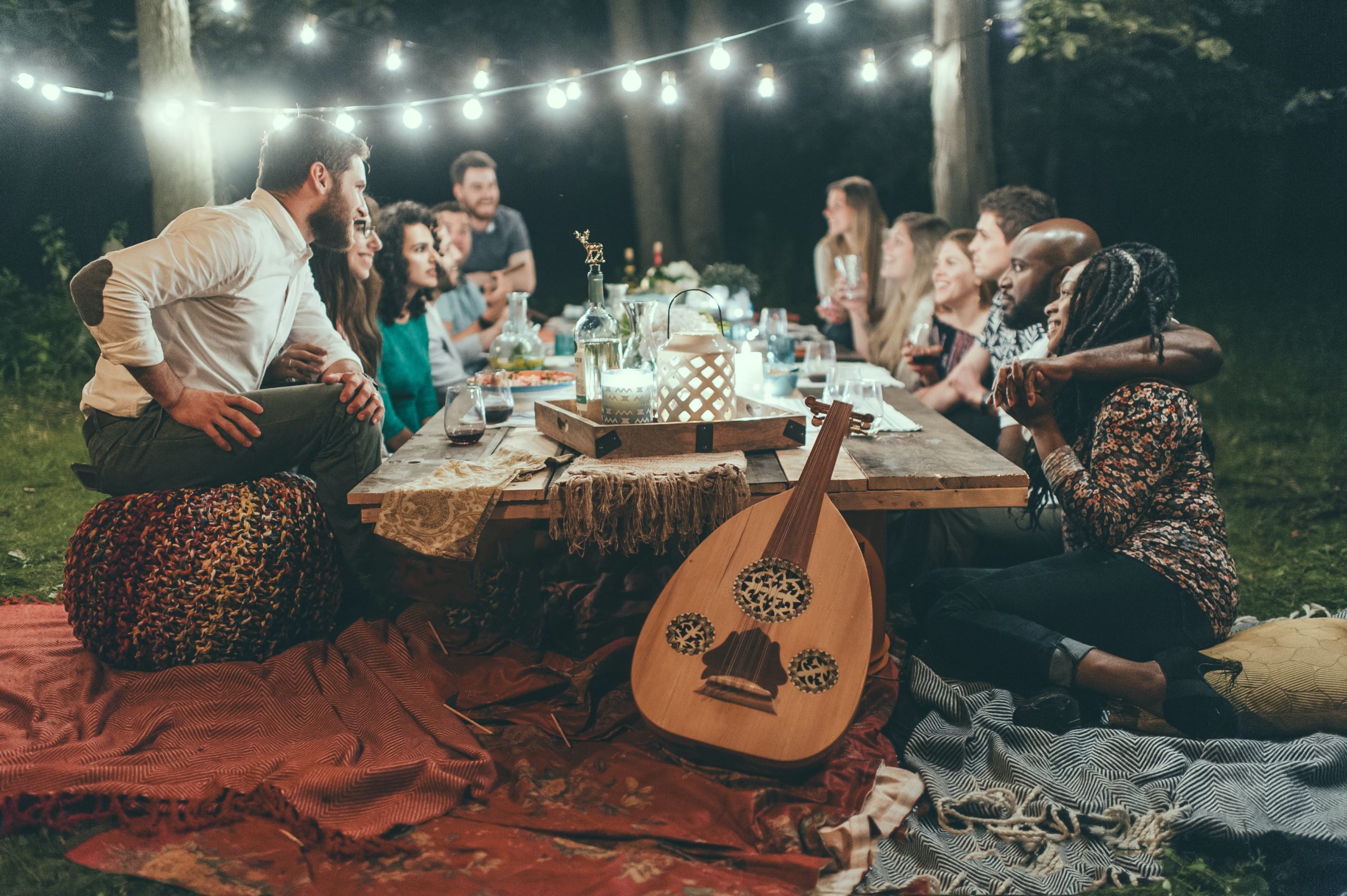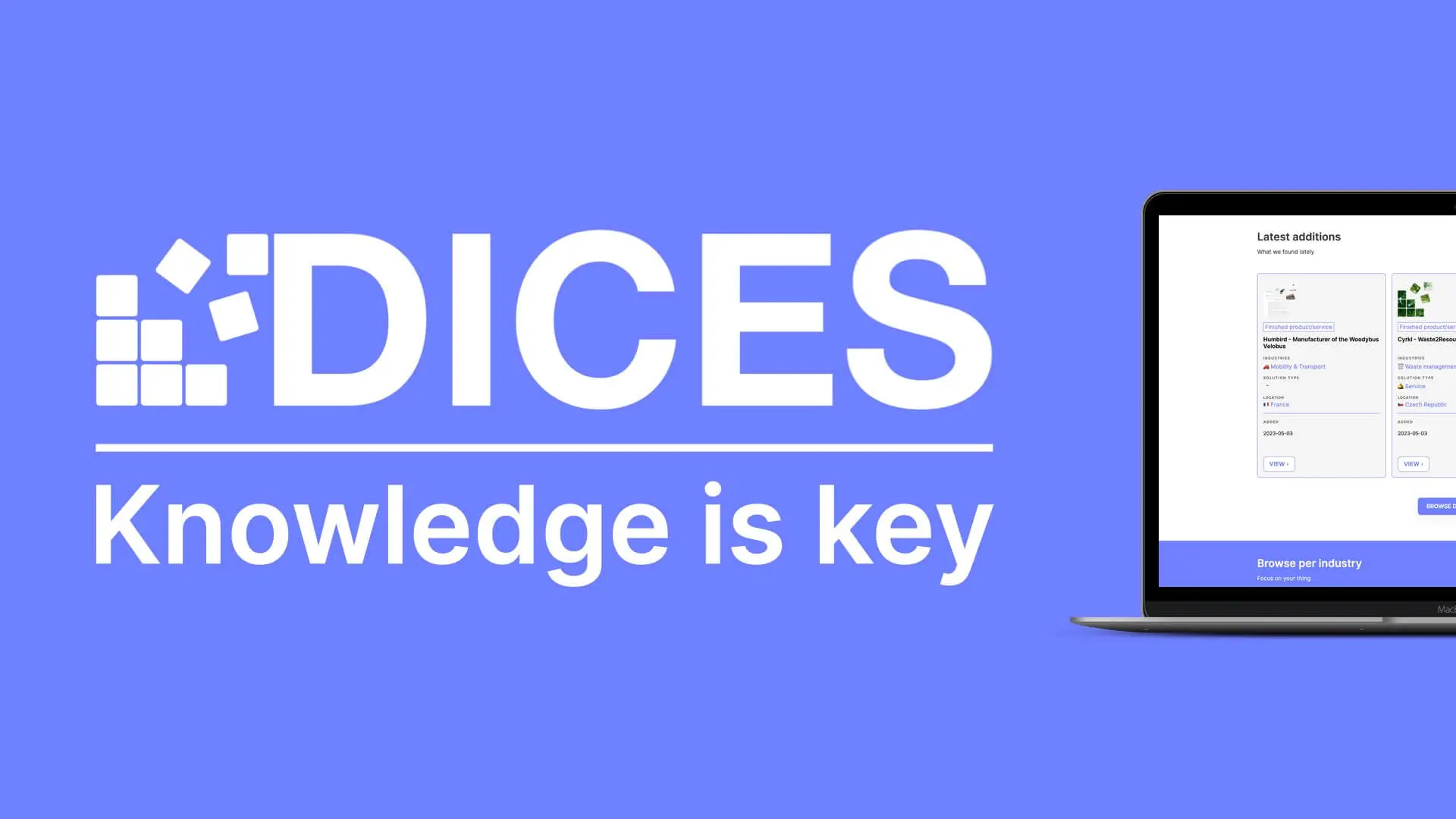· eco-design, what is it? ·
Eco-design, a method to drive regeneration?
Through this article, you will discover the eco-design methodology and how to apply it to create circular business models. This article is the first of a series written by the Circulab team to help any structure willing to integrate the circular economy in its considerations. With these articles we help authorities and entities to better understand and apply circular economy.
Eco-design is a word mainly used to deal with environmental issues and reduce impacts of human activities on biodiversity, species, commons. We speak of design for sustainability, circular design, responsible design… But we all mean the same; developing goods and activities that don’t impact negatively the environment.
At Circulab we are convinced that eco-design is way more than only a method and approach for product design and environmental considerations. Eco-design goes beyond reduction of impacts. Before coming back to that, let’s start from the beginning.
What is design?
When we think of design we are used to think of beautiful, aesthetic, or functional things. As a result, we imagine a chair, a car, a drawing. But our consideration of design has often changed in the past decades and especially in the last twenty years. We have been a circular design agency for 10 years now. It’s everyday a challenge to define what is design and why design is so important to deal with today’s and tomorrow’s issues.
The common thinking is to link design with the creation of artistic or functional objects. Consequently, the development of design thinking as lead students, professionals and managers to see design as key steps methods and user-centered thinking to solve challenges.
Design Thinking
Steve Job had another definition of design.
“Design is not just what it looks like and feels like. Design is how it works.” he said.
At Circulab, we agree on that definition.
We define design as a set of choices taken by an individual, company or group of people to answer a need with the smartest allocation of resources.
When designing, we define the parameters of something in order to make it real, the best it can be. Everyday is about design. At work or at home, design leads the path to any creation, journey or production.For example, when you cook at home. You think of the ingredients and the tools you need, the best recipe to answer your need (satisfy hunger, impress your friends…). Cooking is also about design.
The same process happens when you plan your holidays? You think of the best transportation, place or people to go with in order to answer your need (discover new cultures, get some rest, meet with friends…). Planning holidays is about design.
When you want to launch a new product? You think of the color, shape, functions of the product to answer a user need. Product innovation is about design.
If the design process can sometimes take few minutes, the design step is key in our lives. Especially when it comes to reduce contamination such as carbon footprint. Other examples would be waste like plastic bottles in the oceans or improve health with non-toxic materials and products.
Design is key to improve the impacts of any product or service
80% of costs and impacts of a product are generated during the design phase.
This key figure shared by the European Commission highlights the fact that choices made for a product or service are driving its impacts. Therefore, if we want to reduce or improve the impacts of a product or service, we may not act on the impacts. But we should change the product or service itself, and any decisions made while designing it.
The main leverage for actions is in the design, not in the impacts.
What does it means? For example, you want to reduce the waste generated by a water distributor. You can either create value by acting at the earliest step of the bottle cycle. Or you can focus on the waste generated by these bottle at the end of their life cycle. You will have higher chances to create values and change the impacts by designing differently the bottle, its distribution or materials, than acting on the waste.This is what we call eco-design, or circular design. At Circulab, we applied eco-design to water distribution.
What is eco-design?
The European Environment Agency defines eco-design as a method and process that “considers environmental aspects at all stages of the product development process, striving for products which make the lowest possible environmental impact throughout the product life cycle“.
In other words, eco-design is about the environmental impacts of what we develop while making choices. Such a method aims to make sure the final result will not have negative impacts of the environment.
More than only focusing on an environmental prism, eco-design can be extended and applied to the consideration of ecosystems – human, natural, territories…
Eco-design – also called circular design – must considers ecosystem’s needs and functions at all stage of the development process; not only for products, but also for business models.
To discover why and how to eco-design business models, read this article.
Meanwhile, you can watch our Circular canvas webinar animated by Brieuc Saffré, CEO of Circulab.You can also follow our online courses to master eco-design.
For any question, you can directly contact us.




